Did you know thermosetting plastics like epoxy resins are more heat resistant after curing? They are also more chemically stable compared to thermoplastics. This strength and stability make thermosets essential for high-temperature uses in aerospace and automotive fields. But, unlike thermoplastics, thermosets can’t be reshaped or recycled after curing. This key difference makes the discussion on thermoplastics vs thermosets very important.
A Retenir
- Les thermodurcissables sont connus pour leur excellente stabilité dimensionnelle, leur grande solidité et leur bonne résistance chimique.
- Les thermoplastiques peuvent être remodelés et sont recyclables. Ils offrent une grande résistance aux chocs et une bonne adhérence aux métaux.
- Les thermodurcissables ne peuvent pas être recyclés et sont plus résistants à la chaleur que les thermoplastiques.
- Les thermoplastiques courants comprennent l'ABS, le PVC et le nylon ; les thermodurcissables courants comprennent les résines époxy et le silicone.
Comprendre les thermoplastiques
Les thermoplastiques sont des polymères importants utilisés dans de nombreuses industries. Ils sont flexibles et adaptables. Contrairement aux thermodurcissables, ils peuvent être chauffés et remodelés plusieurs fois. Cette capacité signifie qu'ils sont efficaces à fabriquer et faciles à recycler.
Caractéristiques des thermoplastiques
Les thermoplastiques présentent plusieurs caractéristiques essentielles. Ils sont résistants aux chocs et ont une belle apparence. Ils peuvent être facilement assemblés à des métaux. Ils peuvent être moulés ou extrudés, ce qui offre un grand choix aux fabricants. Le polypropylène (PP), le polyéthylène (PE) et le polycarbonate (PC) figurent parmi les principaux types utilisés.
Applications courantes des thermoplastiques

Les thermoplastiques sont utilisés dans de nombreux domaines en raison de leurs propriétés étonnantes, de leur coût et de la diversité de leurs procédés.
- Emballages, y compris récipients et bouteilles alimentaires
- Composants automobiles tels que les tableaux de bord et les pare-chocs
- Textile et habillement
- Dispositifs et fournitures médicales
- Electronique grand public et appareils ménagers
- Éléments de construction
- Jouets et équipements de loisirs
Cela montre l'importance des thermoplastiques dans divers domaines, des soins de santé aux produits quotidiens.
Avantages et inconvénients des thermoplastiques
Il est essentiel de comparer les thermoplastiques et les thermodurcissables. Les thermoplastiques présentent de nombreux avantages. Ils peuvent être fondus et remodelés, ce qui est bon pour la planète. Ils sont généralement plus résistants et moins chers que les thermodurcissables. En revanche, ils ne résistent pas toujours bien à la lumière UV et à la chaleur très élevée.
Voici un aperçu des différences entre les thermoplastiques et les thermodurcissables :
| Propriété | Thermoplastiques | Thermodurcissables |
|---|---|---|
| Recyclabilité | Peut être refondu et réutilisé | Ne peut être remodelé |
| Résistance à la chaleur | Plus bas | Plus élevé |
| Résistance chimique | Modéré | Haut |
| Solidité | Haut | Plus bas |
| Coût | Plus bas | Plus élevé |
Comprendre les thermodurcissables

Les thermodurcissables sont des types particuliers de polymères. Ils se lient d'une manière irréversible une fois qu'ils ont durci. Cela signifie qu'ils ne peuvent pas être remodelés ou réutilisés après leur durcissement. Les thermodurcissables supportent très bien les températures élevées. Ils sont donc parfaits pour les travaux difficiles.
Les résines époxy, phénoliques et silicones sont des thermodurcissables courants. Ils sont utilisés dans les industries qui ont besoin de matériaux solides et durables. Par exemple, l'aérospatiale et la défense ont besoin de pièces capables de résister à de fortes contraintes. L'industrie automobile les utilise pour les pièces exposées à beaucoup de chaleur et de produits chimiques.
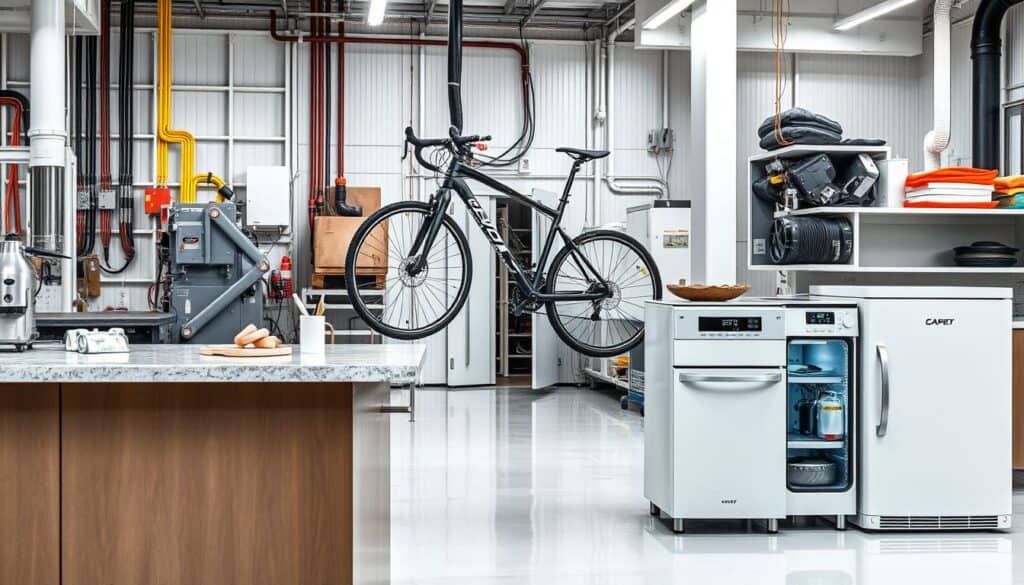
Les thermodurcissables présentent de nombreux avantages. Ils conservent bien leur forme et résistent fortement aux produits chimiques. C'est pourquoi les industries telles que l'électroménager, l'électricité, l'énergie et la construction les utilisent. Ils répondent au besoin de matériaux fiables dans ces domaines.
Voici un aperçu des principales caractéristiques des différents thermodurcissables :
| Type de thermodurcissable | Résistance aux hautes températures | Stabilité dimensionnelle | Résistance chimique |
|---|---|---|---|
| Résines époxy | Excellent | Très bon | Très élevé |
| Phénoliques | Haut | Bien | Haut |
| Silicones | Exceptionnel | Excellent | Excellent |
Comparaison des propriétés
Dans la fabrication moderne, les thermoplastiques et les thermodurcissables jouent un rôle crucial. Ils sont essentiels dans de nombreuses industries telles que l'électronique, l'automobile et la construction. Une profonde comparaison des propriétés aide à choisir le bon matériau pour des besoins spécifiques.
Propriétés mécaniques
Les thermoplastiques se distinguent par leur flexibilité et leur résistance aux chocs. Ils conviennent parfaitement aux articles soumis à des contraintes et utilisés fréquemment, tels que les pièces de machines ou les produits d'usage courant. Le polypropylène (PP) et le polyéthylène (PE) sont des thermoplastiques courants.
En revanche, les thermodurcissables sont plus résistants et plus rigides. Ils conservent leur forme en cas de fortes contraintes, ce qui est parfait pour les pièces d'avion et les grosses machines. Les thermodurcissables les plus courants sont les résines époxy et phénoliques.
Propriétés thermiques
La différence de comportement thermique est évidente. Les thermoplastiques, comme le polycarbonate (PC) et le nylon, peuvent se ramollir ou fondre lorsqu'ils sont chauffés. C'est pratique pour le recyclage, car ils peuvent être remodelés.
En revanche, les thermodurcissables résistent mieux à la chaleur. Après durcissement, ils ne fondent pas et peuvent supporter des chaleurs extrêmes. Le silicone et le polyuréthane en sont des exemples clés, idéaux pour les environnements chauds.
Résistance chimique
Chemical resistance also gives important clues. Thermoplastics resist moisture well, making them perfect for food storage and medical tools. They’re also easy to mold, which adds to their versatility.
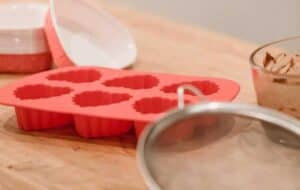
Les thermodurcissables, en revanche, résistent mieux aux substances corrosives. Cette propriété en fait un matériau de choix pour les équipements chimiques et dans les endroits où les produits chimiques agressifs sont nombreux. Ils sont utilisés dans les adhésifs de construction et les composants des embarcations légères.
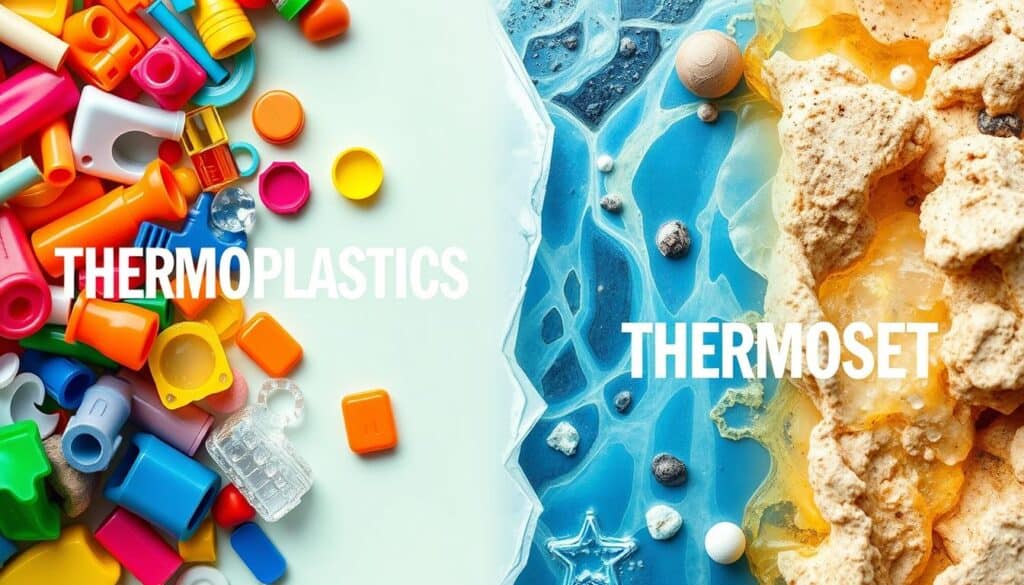
| Propriété | Caractéristiques des thermoplastiques | Propriétés des thermodurcissables |
|---|---|---|
| Flexibilité | Excellente résistance aux chocs | Faible, haute résistance et rigidité |
| Résistance thermique | Se ramollit/fond à des températures élevées | Résiste aux températures élevées |
| Résistance chimique | Excellente résistance à l'humidité | Résistance exceptionnelle aux substances corrosives |
| Réutilisation | Recyclable, peut être refondu | Non recyclable, conserve sa forme après durcissement |
| Applications typiques | Récipients alimentaires, dispositifs médicaux, textiles | Équipement de traitement chimique, adhésifs, isolation |
Procédés de fabrication des thermoplastiques et des thermodurcissables
Les thermoplastiques et les thermodurcissables sont fabriqués différemment, en utilisant leurs caractéristiques uniques.
Les thermoplastiques peuvent être fondus et remodelés, ce qui offre de nombreuses possibilités :
- Moulage par injection : Surmoulage, moulage par insertion
- Extrusion : Co-extrusion, extrusion de film soufflé
- Thermoforming: Vacuum Forming, Pressure Forming
- Moulage par soufflage : Extrusion soufflée, Injection soufflée
- Moulage par rotation : Rotation biaxiale, moulage Rock and Roll
- Impression 3D : Modélisation par dépôt de matière fondue (FDM), frittage sélectif par laser (SLS). Remarque : les matériaux thermodurcissables progressent dans ce domaine.
- Moulage par compression : Moulage par transfert, composés de moulage en vrac (BMC)
- Calandrage : Calandrage de feuilles, calandrage de films
- Soudage : Soudage par ultrasons, soudage par plaques chauffantes
Ces méthodes permettent de fabriquer des quantités importantes de pièces rapidement et à moindre coût. Les moules en aluminium peuvent être utilisés si les volumes sont faibles, ce qui permet à de nombreuses industries de réaliser des économies.
Les thermodurcissables nécessitent une approche différente en raison de leurs liaisons chimiques permanentes.
- Le moulage par injection réactionnelle (MIR) est utilisé pour les thermodurcissables. Il permet au matériau de remplir les détails du moule, ce qui permet de fabriquer des pièces solides et complexes.
- Le moulage par transfert de résine (RTM) montre également comment les thermodurcissables permettent de fabriquer des composants détaillés et durables.
- (moins fréquemment, certaines techniques des thermoplastiques peuvent également être utilisées pour les thermodurcissables)
Les moules sont souvent fabriqués en aluminium, en nickel ou même en époxy, ce qui rend l'outillage thermodurcissable relativement rentable, en particulier pour les grandes pièces.
Sujets complémentaires
- Techniques de durcissement : Découvrez les différentes méthodes de durcissement des thermodurcissables, telles que le durcissement par la chaleur, les UV et les micro-ondes.
- Technologies des adhésifs : L'application des thermodurcissables dans les formulations d'adhésifs et les techniques de collage.
- Traitements de surface : Méthodes de préparation et de traitement des surfaces pour améliorer l'adhérence et les performances des matériaux thermodurcissables.
- Essais de résistance chimique : Évaluation de la résistance chimique des matériaux thermodurcissables dans divers environnements.
- Charges et renforts : Utilisation de charges et de renforts pour modifier et améliorer les propriétés des matériaux thermodurcissables.
Vous avez lu 76% de l'article. Le reste est destiné à notre communauté. Vous êtes déjà membre ? Se connecter
(et aussi pour protéger notre contenu original contre les robots d'indexation)
Communauté mondiale de l'innovation
Se connecter ou s'inscrire (100% gratuit)
Voir la suite de cet article et tous les contenus et outils réservés aux membres.
Uniquement de vrais ingénieurs, fabricants, concepteurs et professionnels du marketing.
Pas de bot, pas de hater, pas de spammer.
FAQ
Quelles sont les principales différences entre les thermoplastiques et les thermodurcissables ?
Les thermoplastiques et les thermodurcissables se distinguent principalement par leur réaction à la chaleur. Les thermoplastiques peuvent être chauffés et refroidis plusieurs fois. Cela signifie qu'ils peuvent être recyclés et remodelés sans changer chimiquement. Les thermodurcissables, en revanche, se modifient chimiquement lorsqu'ils sont chauffés et ne peuvent plus être remodelés par la suite. Ils deviennent des matériaux solides, durables et résistants à la température.
Quelles sont les principales caractéristiques des thermoplastiques ?
Les thermoplastiques sont solides et résistent bien aux dommages. Ils sont esthétiques et adhèrent bien aux métaux. Ils sont également flexibles, ce qui permet de les façonner facilement à l'aide de différentes méthodes. Par exemple, le moulage par injection et l'extrusion sont courants. Le polyéthylène, le polypropylène et le nylon en sont des exemples familiers.
Quels sont les avantages et les inconvénients des thermoplastiques ?
Les thermoplastiques sont excellents parce qu'ils peuvent être recyclés, façonnés de différentes manières et qu'ils peuvent supporter des chocs. L'inconvénient est qu'ils ne supportent pas bien les rayons UV ou les fortes chaleurs. Cela peut limiter leur utilisation dans certains environnements chauds.
Quels sont les types de thermodurcissables les plus courants ?
Les résines époxy, les phénoliques et les silicones sont des types de thermodurcissables. Ils supportent bien la chaleur, conservent leur forme et résistent aux produits chimiques. Ils conviennent donc parfaitement aux travaux difficiles.
Dans quelles applications les thermodurcissables sont-ils généralement utilisés ?
Les thermodurcissables sont parfaits pour les pièces qui doivent subir de fortes contraintes, isoler l'électricité ou résister à la chaleur. Les industries qui ont besoin de matériaux résistants à la chaleur, à l'exposition aux UV ou aux produits chimiques les utilisent beaucoup.
Quelles sont les principales différences entre les propriétés des thermoplastiques et des thermodurcissables ?
En général, les thermodurcissables sont plus solides et plus rigides, tandis que les thermoplastiques sont flexibles et résistent bien aux chocs. Les thermodurcissables peuvent supporter des températures plus élevées avant d'être endommagés. Ils sont également plus résistants aux produits chimiques. En revanche, les thermoplastiques résistent mieux à l'humidité.
Comment la recyclabilité des thermoplastiques se compare-t-elle à celle des thermodurcissables ?
Les thermoplastiques se distinguent par le fait qu'ils peuvent être recyclés et remodelés à de nombreuses reprises. Cela ne modifie pas leur composition chimique. Ils sont donc plus durables. En revanche, les thermodurcissables ne peuvent pas être remodelés ou recyclés une fois qu'ils ont durci. Cela est dû à leurs liaisons chimiques permanentes.
Liens externes sur les thermoplastiques et les thermodurcissables
Normes internationales
(survolez le lien pour voir notre description du contenu)
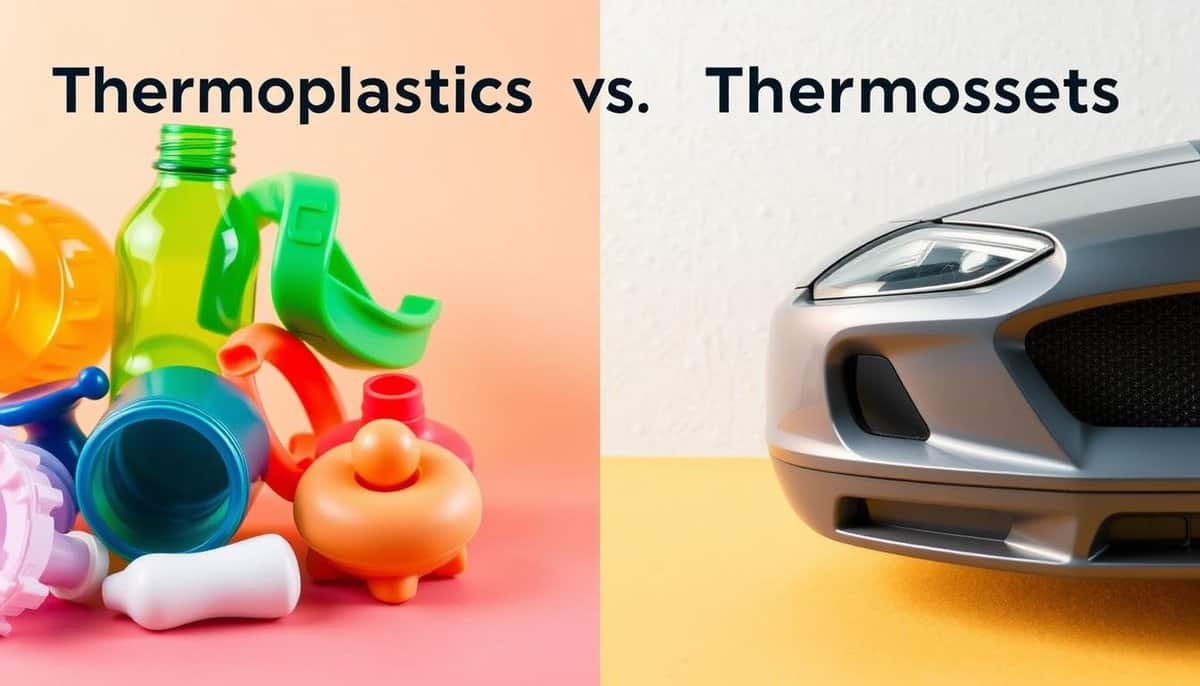


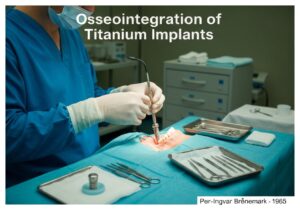

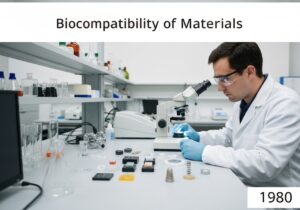
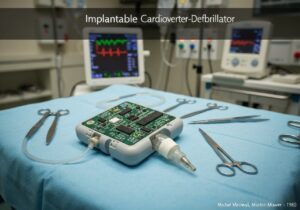


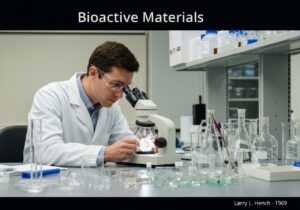




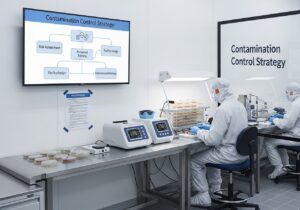
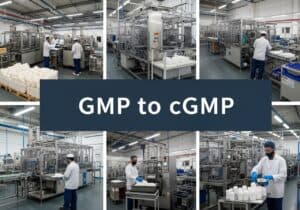






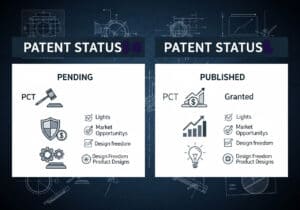
Comparaison habituelle, mais qu'en est-il de l'impact sur l'environnement ? Quelle est la différence entre le recyclage des thermoplastiques et celui des thermodurcissables ?
Les commentaires sont fermés.